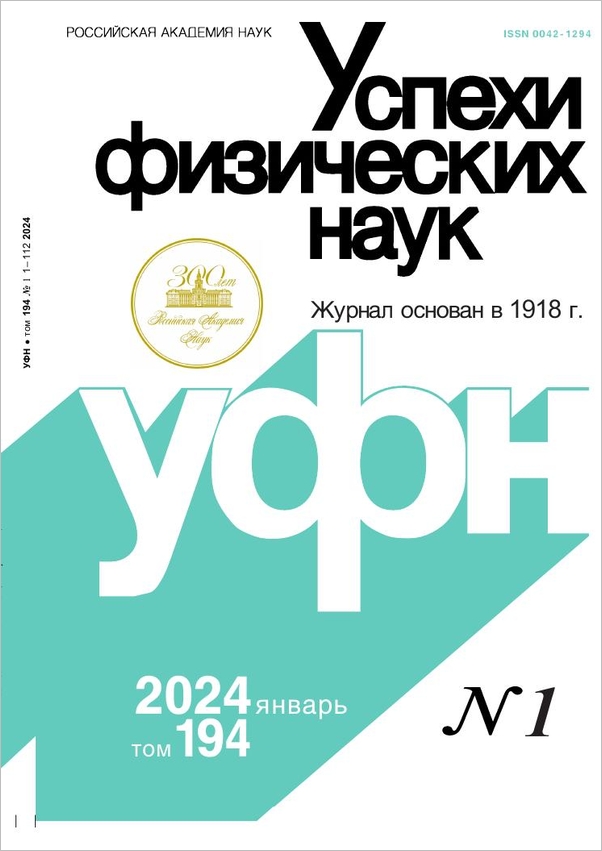|
This article is cited in 60 scientific papers (total in 61 papers)
REVIEWS OF TOPICAL PROBLEMS
Magnetism in high-temperature superconducting compounds
Yu. A. Izyumova, N. M. Plakidab, Yu. N. Skryabina
a Institute of Metal Physics of the Ural Scientific Center of the Academy of Sciences SSSR, Sverdlovsk
b Joint Institute for Nuclear Research, Dubna, Moscow region
Abstract:
Experimental data on the magnetic properties of copper oxide high-temperature superconductors (HTSCs) and their theoretical interpretation in terms of existing models are systematically reviewed. The crystal structure of the four existing classes of HTSCs (lanthanum, yttriumbarium, bismuth, and thallium) is described, and their band structure is analyzed on the basis of their crystal chemistry. The $T$, $x$ and $T$, $\delta$ phase diagrams are reproduced for the well-studied compounds (La$_{2–x}$Sr$_x$CuO$_4$ and YBa$_2$Cu$_3$O$_{7-\delta}$). The magnetic structure of these compounds and their evolution with increasing concentration of impurities $(x)$ and oxygen vacancies $(\delta)$ are analyzed. Data on the inelastic magnetic scattering of neutrons is discussed in detail, and it is shown that both compounds are quasi-two-dimensional antiferromagnets with spin 1/2. For values of $x$ and $\delta$ for which there is no long-range magnetic order, both compounds exhibit two-dimensional antiferromagnetic correlations on the CuO$_2$ planes and high-energy spin excitations. This type of state is described as a “quantum spin fluid”. The excitations may be the carriers of the pairing interaction between electrons in HTSCs. Basic theoretical models used to describe the physical properties of HTSCs are presented, including the two-dimensional Heisenberg model with spin 1/2, the nonlinear $\sigma$-model, and the Hubbard model with strong electron correlation near the half-filled state. Antiferromagnetism in HTSC compounds and its disappearance with increasing $x$ or $\delta$ can be understood in terms of these models. The fundamentals of Anderson's theory of resonating valence bonds are presented together with his attempt to use it to explain the physical properties of copper oxide HTSCs in terms of neutral fermions (spinons) and charged bosons (holons). Alternative mechanisms are also discussed for electron pairing by magnetic fluctuations near the phase transition point with the formation of spin density waves. These mechanisms are based on the fact that the Fermi surface may be unstable near the half-filled state with respect to the formation of a dielectric state with a spin density wave. It is concluded that currently available experimental data on the magnetic properties of the HTSCs, and also other experimental data, cannot as yet be used as a basis for choosing between existing theories of high-temperature superconductivity. Nevertheless, many of the magnetic properties of copper oxides in their normal phase are satisfactorily interpreted by these theories.
Citation:
Yu. A. Izyumov, N. M. Plakida, Yu. N. Skryabin, “Magnetism in high-temperature superconducting compounds”, UFN, 159:4 (1989), 621–663; Phys. Usp., 32:12 (1989), 1060–1083
Linking options:
https://www.mathnet.ru/eng/ufn7727 https://www.mathnet.ru/eng/ufn/v159/i4/p621
|


| Statistics & downloads: |
| Abstract page: | 74 | | Full-text PDF : | 22 |
|





 Contact us:
Contact us: Terms of Use
Terms of Use
 Registration to the website
Registration to the website Logotypes
Logotypes








 Citation in format
Citation in format 
